Ensuring Compatibility Between Glass Bottles and Dispensing Components (Pumps, Droppers, Sprays)
Sep 04, 2025
Introduction
In the world of cosmetic packaging, success is not only defined by the aesthetics of the bottle but also by its functional performance. A luxurious skincare serum, a delicate perfume, or a moisturizing lotion must be dispensed smoothly, consistently, and without leaks. The compatibility between cosmetic glass bottles and dispensing components—such as pumps, droppers, and sprayers—is therefore essential for product safety, consumer satisfaction, and brand reputation.
This article provides a comprehensive exploration of how brands can ensure proper compatibility between bottles and closures. We will look into the most common issues that arise from mismatched components, best practices for achieving perfect fit, and how manufacturers like Dingsheng (Guangdong) Glass Technology Co., Ltd. help global cosmetic companies deliver packaging solutions that meet both technical and aesthetic demands.
Why Compatibility Matters in Cosmetic Packaging
Preserving Product Integrity
A poorly matched pump or dropper can compromise product quality. For example, leaks can allow air to enter the container, leading to oxidation or contamination of sensitive skincare formulas.
Enhancing User Experience
Consumers expect a smooth dispensing action—whether that means a fine mist spray, a measured drop of serum, or a precise lotion pump. Compatibility ensures that products perform as designed.
Protecting Brand Reputation
A brand’s reputation can be damaged by something as simple as a leaky closure or an inconsistent spray. Ensuring bottle and closure compatibility prevents negative reviews and customer complaints.
Common Issues with Incompatible Bottles and Closures
Leakage and Spillage
When thread alignment is incorrect, pumps and sprayers may not seal properly, leading to leaks during storage or shipping.
Cross-Threading
Cross-threading occurs when a pump or closure is screwed in at the wrong angle. This can damage both the closure and the bottle neck, making the product unusable.
Poor Dispensing Performance
An incompatible closure may result in weak sprays, clogged droppers, or pumps that fail to dispense the right amount.
Customer Dissatisfaction
Nothing frustrates consumers more than messy, leaky packaging. Incompatibility often translates into wasted product and diminished brand loyalty.
Key Factors in Ensuring Compatibility
Neck Size and Threading Standards
The most fundamental factor is the neck size of the glass bottle (e.g., 20/410, 24/410, 28/410). Standardized measurements ensure that bottles from one supplier can be paired with closures from another.
Thread Alignment and Precision
Even if the neck size is correct, thread misalignment can cause closures to sit loosely. High-precision molding and rigorous quality checks are required to avoid such issues.
Closure Type and Formula Viscosity
Pumps: Best for lotions and gels with medium viscosity.
Droppers: Suitable for serums and oils requiring precise doses.
Sprayers: Ideal for perfumes, toners, and alcohol-based solutions.
Matching the right dispensing system to the product’s viscosity and usage context ensures proper performance.
Types of Dispensing Components and Their Requirements
Pumps
Designed for medium to high-viscosity formulations like lotions and creams.
Require strong and precise threading to handle frequent use.
Variants include lotion pumps, airless pumps, and foaming pumps.
Droppers
Used for oils, serums, and treatments where precision is key.
Depend on a tight seal to avoid evaporation or oxidation.
Typically paired with 20/410 or 18/415 neck finishes.
Sprayers and Atomizers
Deliver a fine, even mist for perfumes, body sprays, or toners.
Require perfect alignment between the dip tube, pump mechanism, and bottle neck.
Sensitive to misalignment, as even small errors can affect spray consistency.
Best Practices to Ensure Proper Compatibility
Work with Standardized Neck Finishes
Using globally recognized sizes (20/410, 24/410, 28/410) minimizes the risk of mismatched closures.
Test Closures Across Multiple Batches
Even with standard sizes, slight variations may occur in production. Brands should perform batch testing to ensure consistency.
Match the Closure to the Product Formula
Consider whether the formula is liquid, oil-based, viscous, or volatile. This determines whether a pump, dropper, or sprayer is most suitable.
Collaborate with Experienced Manufacturers
Partnering with packaging experts ensures that bottles and closures are designed as a system, not as separate components.
How Dingsheng Ensures Perfect Bottle-Closure Compatibility
Advanced Molding Technology
Dingsheng operates a 30,000-square-meter facility with precision injection and blow molding equipment. This enables the production of glass bottles with neck finishes that align perfectly with international standards.
Rigorous Quality Management
The company is ISO-9001 certified, ensuring that every bottle undergoes strict quality checks for neck size accuracy, thread precision, and closure fit.
OEM/ODM Customization
For brands requiring unique closure designs, Dingsheng offers custom molds and OEM/ODM services. This allows brands to integrate design aesthetics with functional requirements.
Comprehensive Testing Procedures
Before mass production, Dingsheng conducts compatibility tests with pumps, sprayers, and droppers to prevent leakage, misalignment, or poor dispensing.
Case Studies: Compatibility in Action
Skincare Serum Brand
A global skincare company required dropper bottles for 20ml serums. The challenge was to prevent oxidation during storage.
Dingsheng delivered 20/410 threaded bottles with airtight droppers.
The brand reported a 95% reduction in consumer complaints about leakage.
Luxury Perfume Brand
A perfume brand struggled with spray inconsistency in its 50ml line.
Dingsheng adjusted the threading precision and tested multiple sprayer suppliers.
The final solution delivered a consistent fine mist, enhancing consumer satisfaction.
Haircare Company
A haircare manufacturer needed robust 28/410 lotion pumps for conditioners.
Dingsheng produced bottles with reinforced threading to withstand heavy use.
The packaging survived rigorous shipping and drop tests without leakage.
The Role of Sustainability in Bottle-Closure Compatibility
Reducing Product Waste
Leak-proof packaging prevents unnecessary product loss.
Supporting Refill Systems
With properly engineered neck sizes, bottles can be reused with refill pumps or droppers, reducing plastic waste.
Meeting Global Regulations
As sustainability becomes a regulatory requirement, precision engineering ensures compliance with environmental packaging standards.
Conclusion
Ensuring compatibility between cosmetic glass bottles and dispensing components is not just a technical necessity—it is a cornerstone of brand success. A perfectly matched pump, dropper, or sprayer guarantees product integrity, enhances consumer satisfaction, and supports sustainability goals.
By focusing on neck size standards, thread alignment, and closure selection, cosmetic brands can avoid costly issues like leaks or poor performance. Partnering with an experienced manufacturer such as Dingsheng (Guangdong) Glass Technology Co., Ltd. ensures that every bottle and closure system is engineered to perform flawlessly, from skincare serums to luxury perfumes.
In a competitive beauty industry, where packaging is often the first point of contact with consumers, ensuring perfect compatibility is not an option—it is an absolute requirement.
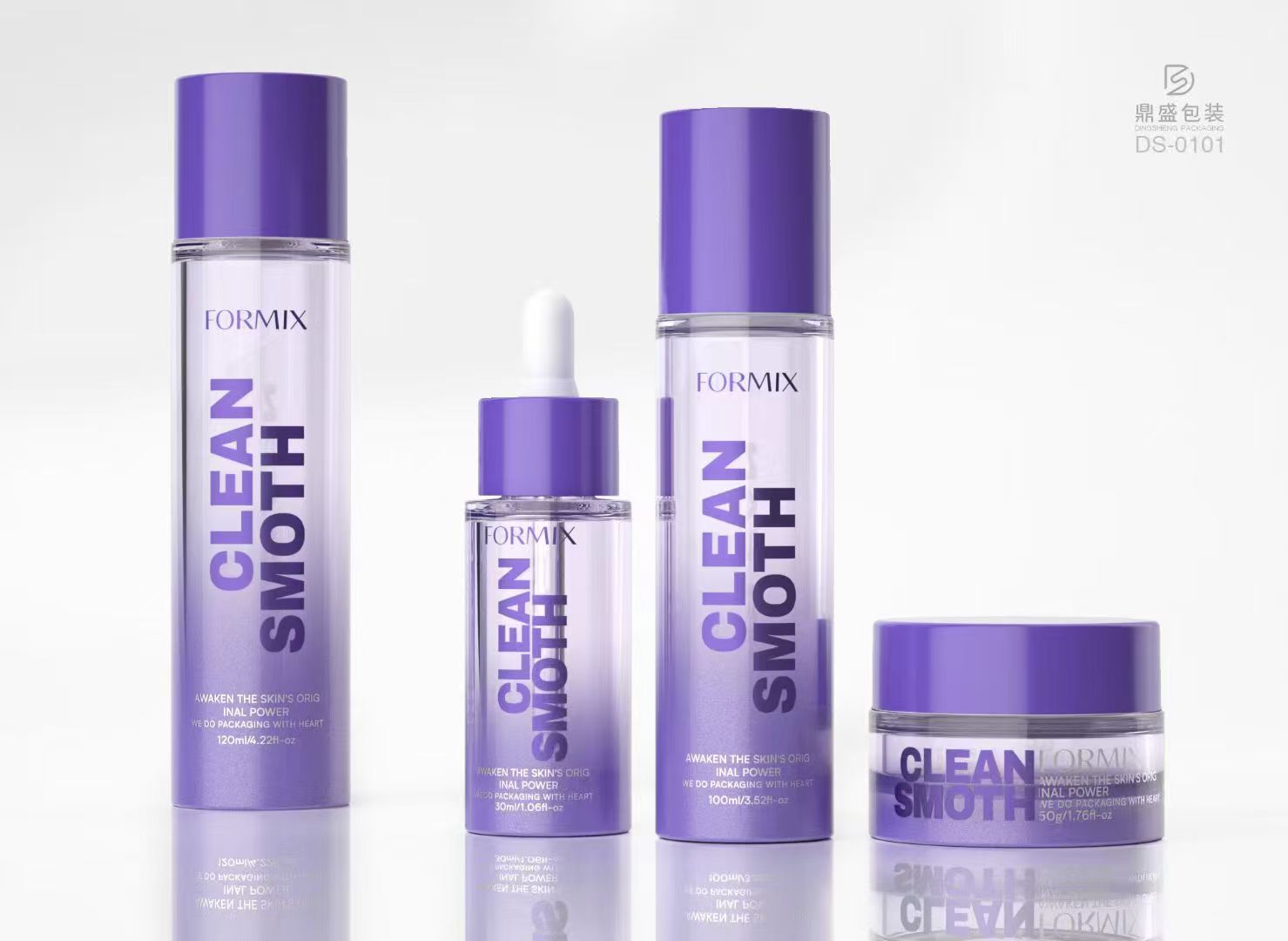
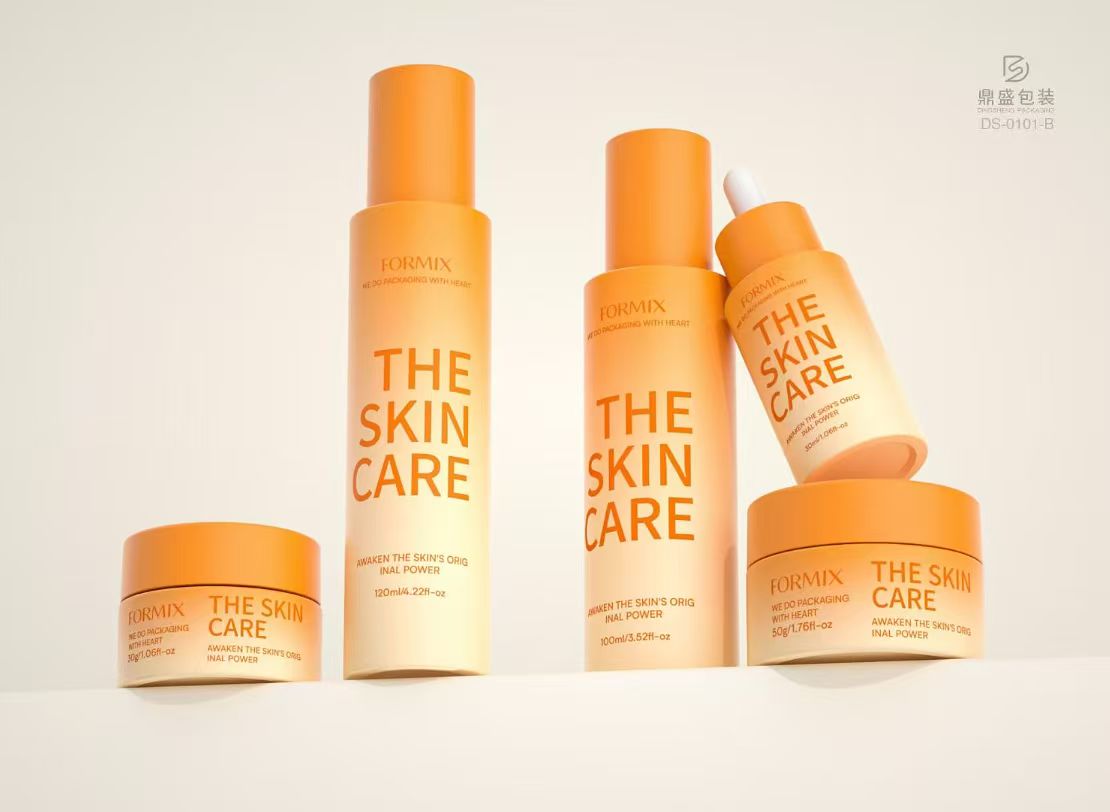
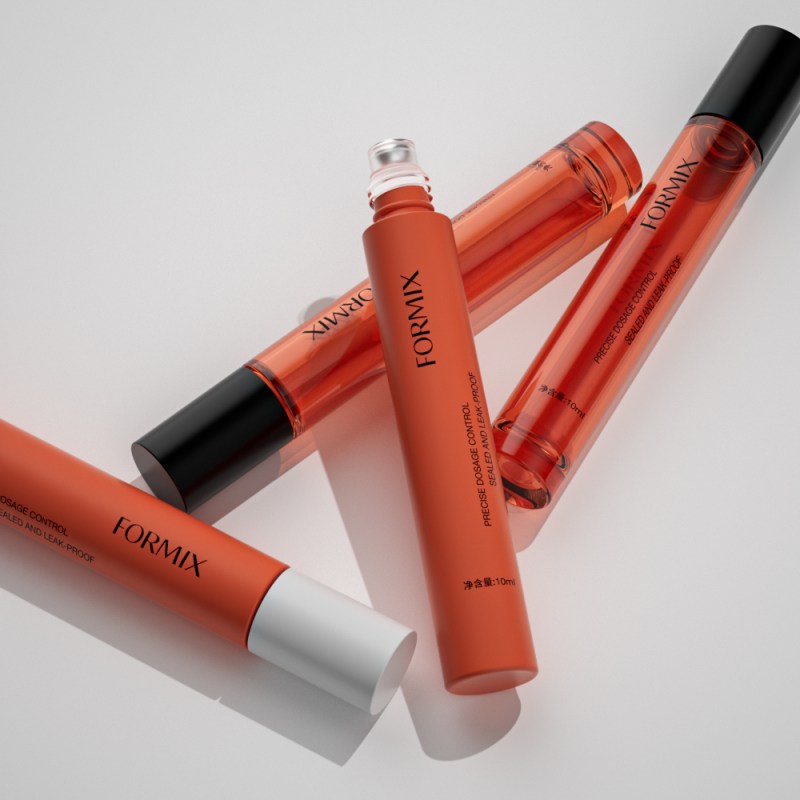
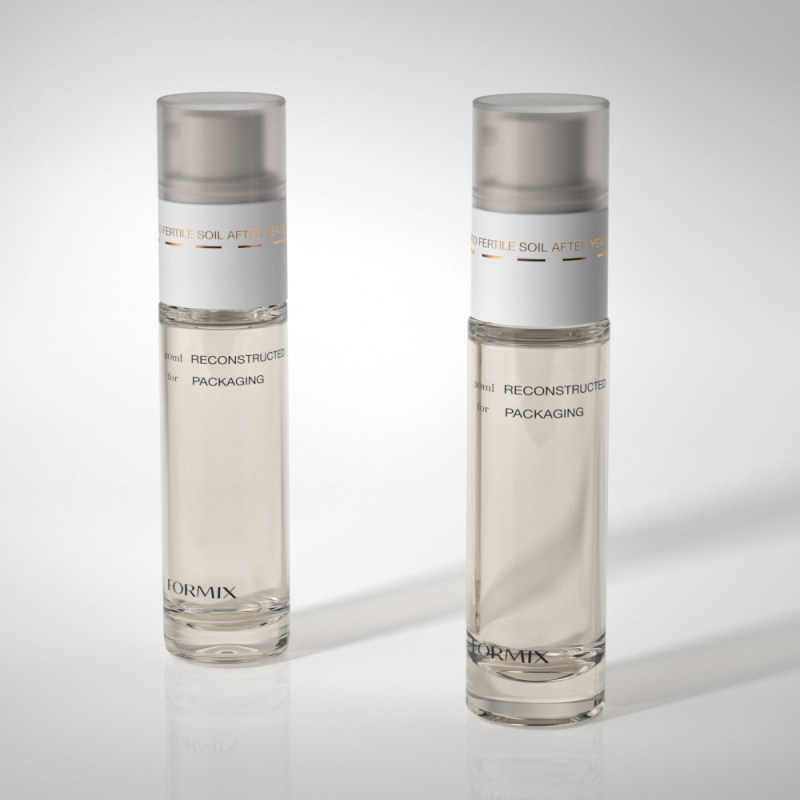
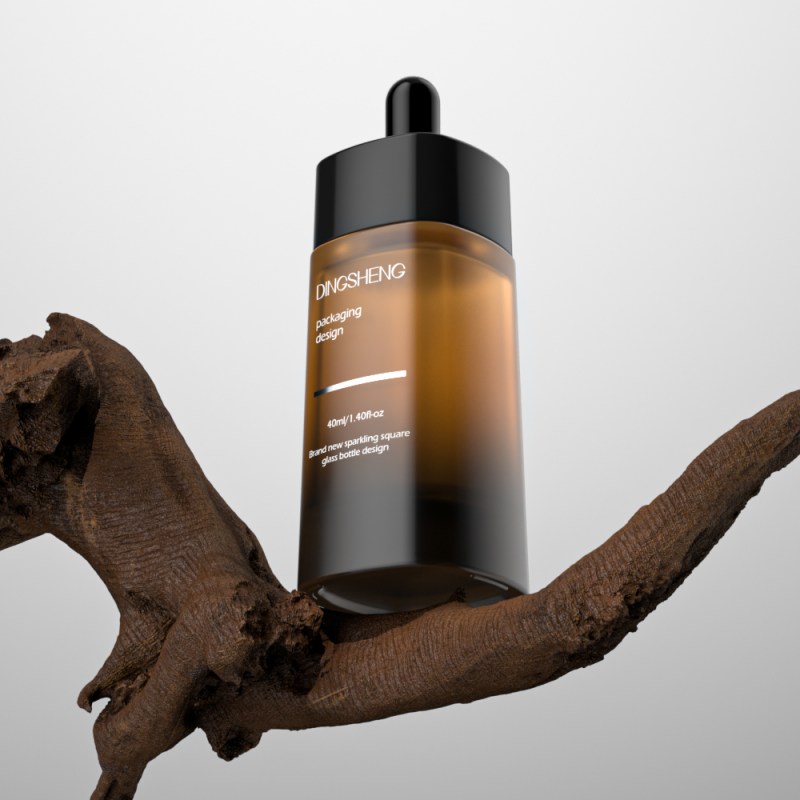
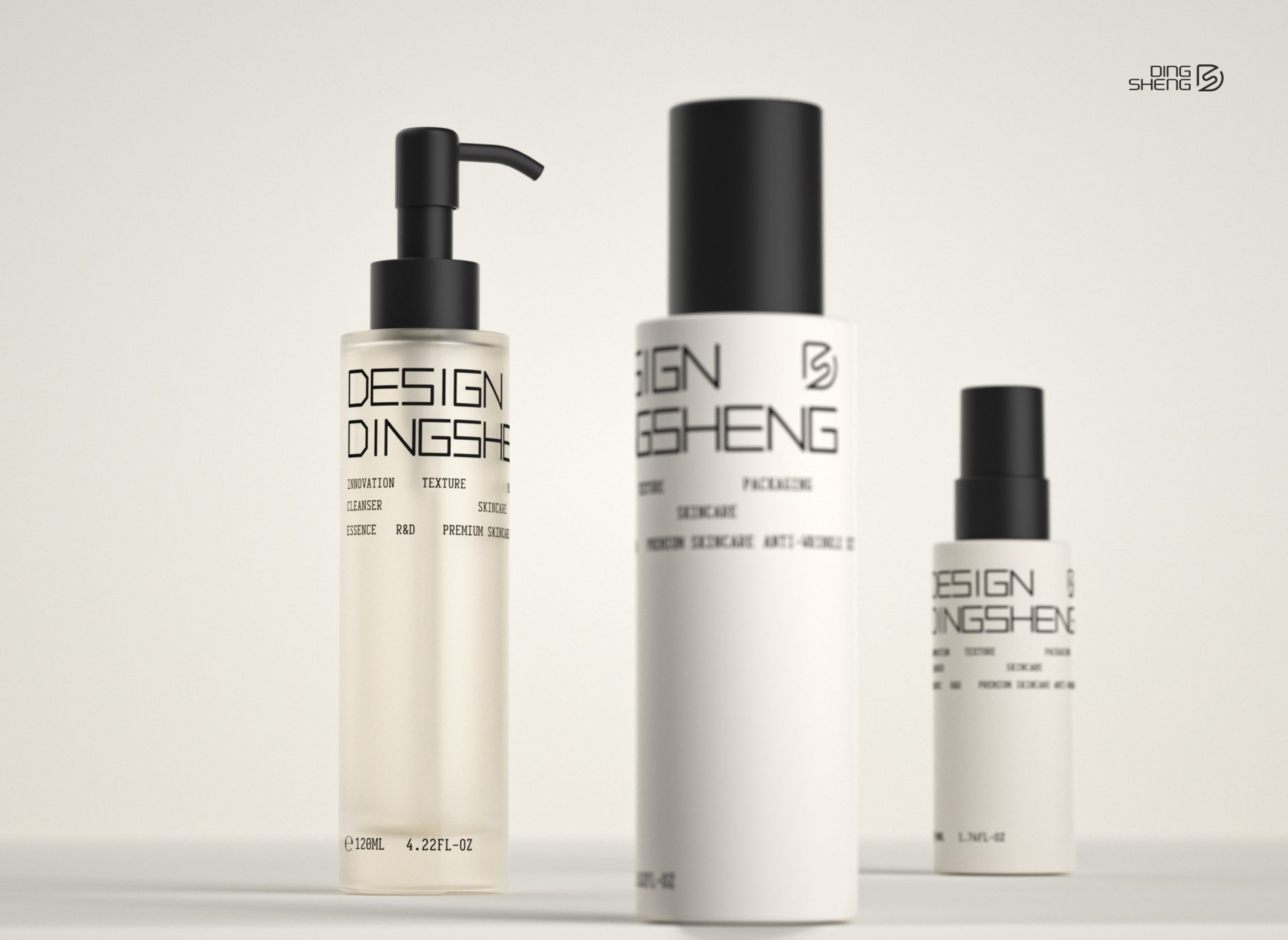
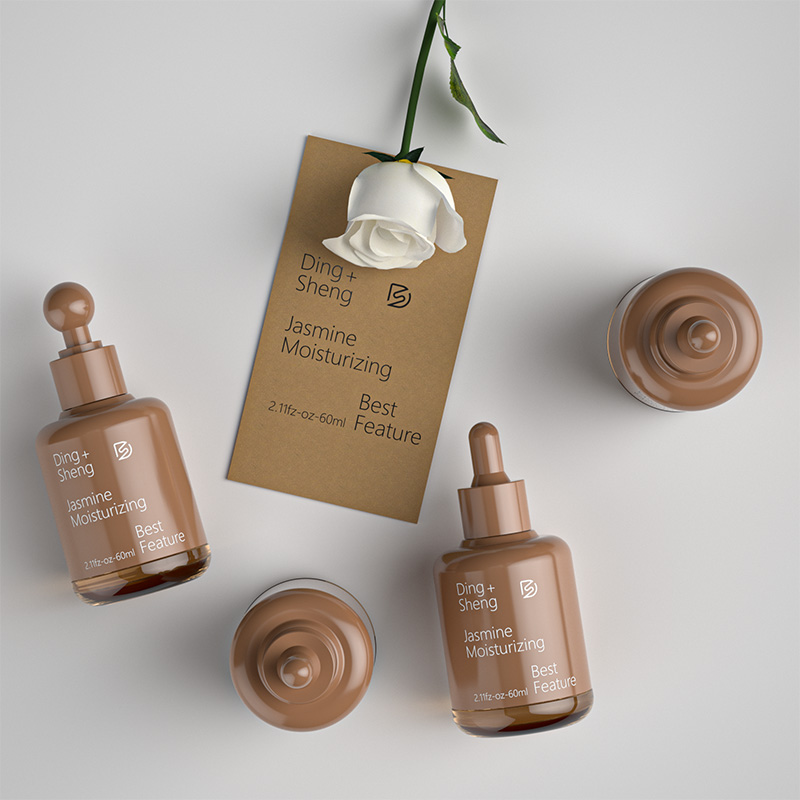
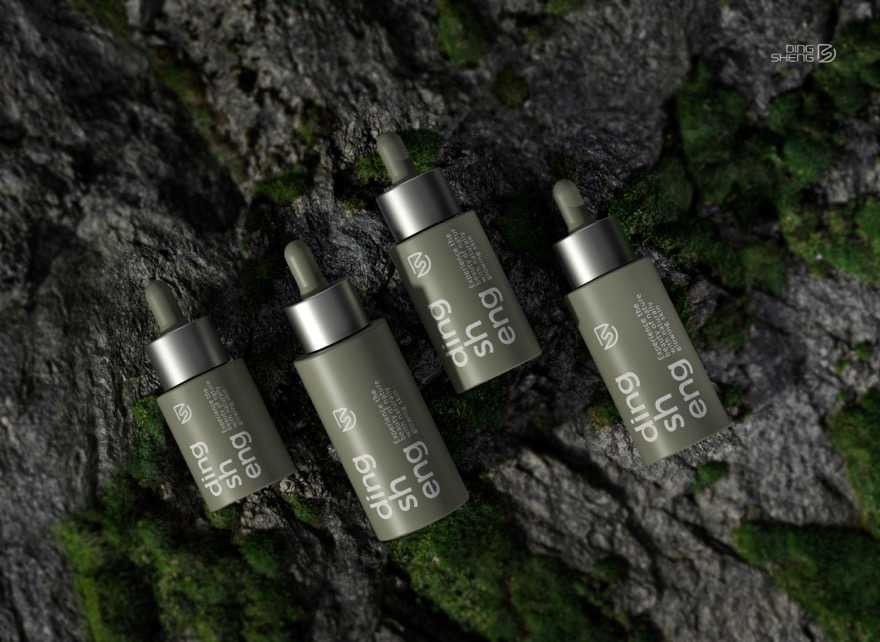
 الشبكة المدعومة
الشبكة المدعومة